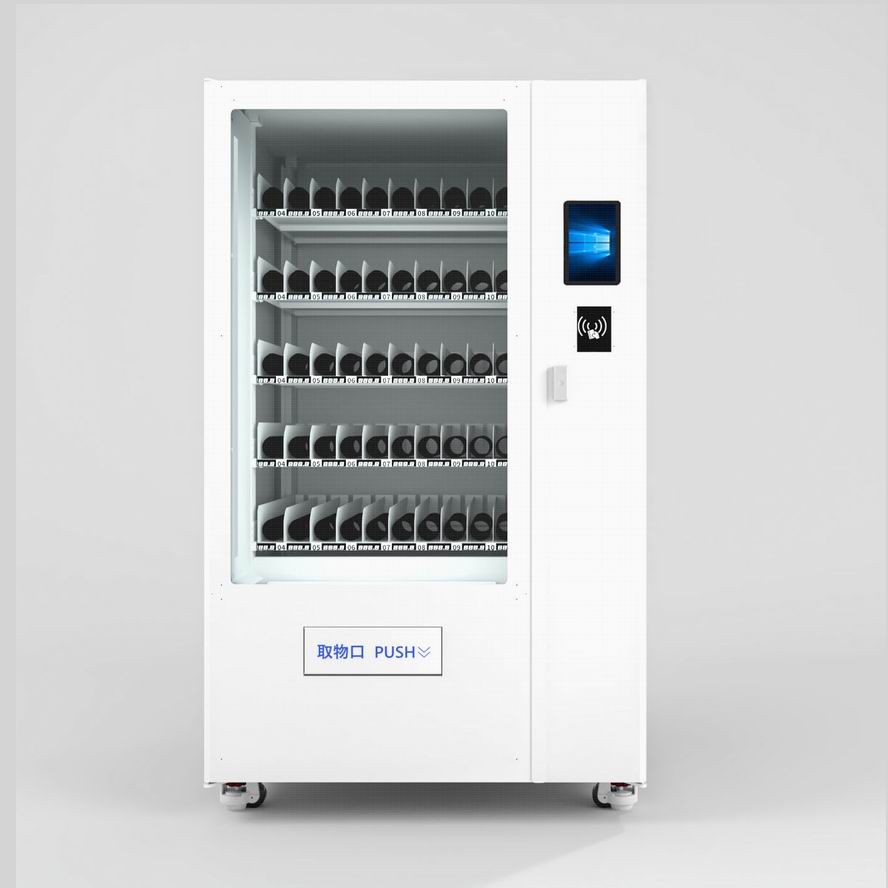The concept of "mechatronics technology" was first introduced by the Japanese business community around 1970, under the name "Mechatronics," which combines mechanical and electronic technologies. As computer technology advanced rapidly and became widely applied, mechatronics evolved significantly, integrating various fields such as computer science, information technology, automatic control, sensor detection, and servo transmission. Today, it is moving toward a more advanced form known as opto-mechatronics, expanding its application across a wide range of industries.
Mechatronics technology encompasses several key areas:
(1) Mechanical Technology
Mechanical technology forms the core of mechatronics. It focuses on adapting traditional mechanical systems to modern requirements by incorporating advanced technologies. This involves updating design concepts, improving structural efficiency, reducing weight and size, enhancing accuracy, and increasing stiffness. In the development of mechatronic systems, classical mechanical principles are now supported by computer-aided tools, including information processing, decision-making, artificial intelligence, and expert systems.
(2) System Technology
System technology integrates different disciplines using a holistic approach. It breaks down complex systems into interconnected functional units, ensuring smooth interaction between components. Interface technology plays a crucial role in this process, enabling seamless communication and integration within the system.
(3) Automatic Control Technology
This field covers a broad range of applications, from system design and simulation to on-site testing and optimization. Control techniques include high-precision positioning, speed regulation, adaptive control, self-diagnosis, compensation, and data retrieval. These methods ensure that mechatronic systems operate efficiently and reliably.
(4) Sensing and Detection Technology
Sensing technology acts as the "nervous system" of mechatronic systems, providing critical feedback for automation and control. The more advanced the sensors, the more intelligent and responsive the system becomes. Modern mechatronics requires sensors that can work accurately even in harsh conditions, ensuring reliable performance in real-world environments.
(5) Servo Drive Technology
Servo drive systems convert electrical signals into precise mechanical movements. They come in various forms, including electric, pneumatic, and hydraulic types. These systems have a significant impact on the dynamic behavior, control accuracy, and overall performance of mechatronic devices.

Spring Lifting Cabinet,Spring Mechanism Lifting Cabinet,Glass Lifting Spring Machinism Cabinet
Jiangsu Xicang Intelligent Technology Co., Ltd. , https://www.xciwarehousing.com